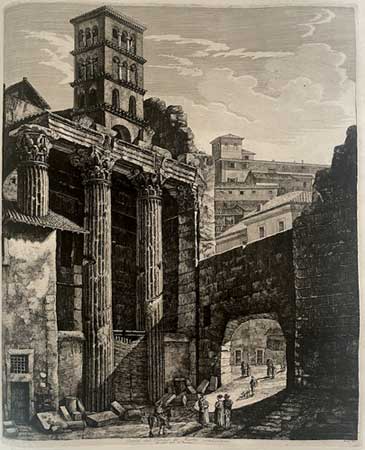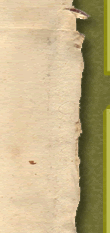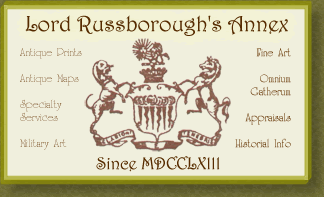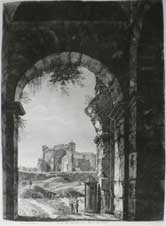 |
 |
 |
 |
 |
 |
 |

AVENZI DEL TEMPIO DI MARTE VENDICATORE dal vulgo arco de pantani
[Remains of the Temple of Mars the Avenger, known by the people as the Arch of the Swamps]
Ref.1108.C >GLN PRICE CODE C
A very fine view taken from the series of plates known as Le Antichità Romane, Rome, Scudellari, [1819-29]. Three Corinthian columns and pilaster support the entablature of the ancient temple. Around one of which a more recent building has been constructed as the column emerges through the roof, which adds an element of whimsical charm to this view. Adjoining to the right is the Pantani arch, locally known as the Arch of swamps. Also seen is the tower of the Basilian Basilica.
Rossini, was deeply influenced by Piranesi, as it can be seen in the title, the legends, the same points of views and framing the view. He also learnt from Piranesi the use of light and the contrast of chiaroscuro, which he has used to great effect in this image. It was Rossini’s partner Bartolomeo Pinelli, the Roman engraver and costume illustrator of daily life, who delineated the colourful figures that illuminate Rossini’s views.
Rossini’s career coincided with a period of great archeological activity. His etchings of Rome followed Piranesi's example and reported the latest excavations to an avidly interested European audience. In turn, as they were carried home by Northern Europeans on the Grand Tour, the etchings fuelled worldwide interest in classical architecture.
|
 |
 |
 |
 |
 |
 |
 |
 |
 |
 |
 |
[The Rome of Antiquity, a collection of the most
interesting Views of Ancient Rome.
Drawn and engraved by the Architect and Engraver Luigi Rossini.,
Rome, Scudellari, 1819-29]
Rossini studied in Rome
between 1817 - 1824, where he engraved many large plates of ancient
architecture of that city. The greater part of his work appeared
in a collected edition of seven Imperial folio volumes published
in 1829, under the title ANTICHITA ROMANE. Collectively,
the plates have strength, especially in dealing with masses of dark
masonry, but, with the exception of five, are considered by some
to be generally less imaginative than those of Piranesi.
His record of temples, public baths, basilicas and other monuments
commemorate the strength and beauty of Roman masonry, and were accurate
enough to be used by practising architects, as well as other serious
students of classical antiquity. Indeed, several views recorded
ancient monuments which would disappear within a short period, leaving
only Rossini's records of the 19th century excavations.
Rossini also enlivened his Views with fanciful figures, both of
local citizens and aristocratic nobles on their Grand Tour, creating
images of picturesque appeal and great visual presence.
More.
|
 |
 |
 |
 |
 |
 |
 |
 |
 |
 |
 |
LUIGI
ROSSINI
Italian
1790 - 1850
Rossini studied in Rome between 1817 - 1824. Having abandoned an
architectural career due to economic reasons, he commenced the etching/
engraving, (technically 'Mixed Media engravings') of over a thousand
large plates of ancient architecture of that city. The greater part
of his work appeared in a collected edition of seven Imperial folio
volumes published in Rome in 1829, under the title LE
ANTICHITA ROMANE [The Rome of Antiquity, a collection of the most interesting
Views of Ancient Rome. Drawn and engraved by the Architect and Engraver
Luigi Rossini., Rome, Scudellari, 1819-29].
Collectively, the plates have strength and vigour in their execution,
especially in dealing with masses of dark stone work, for they commemorate
the strength and beauty of Roman masonry, and reflect Rossini's
ability to capture the detail that made Roman architecture so splendid
and enduring.
Hind stated the mantle of Piranesi fell upon Rossini. His etchings
were characterized in an article in the periodical 'The Connoisseur'
(1913 Vol. 35 p.101), as being "vigorous, convincing and imaginative." The
shear complexity of producing plates of buildings, ruins, gardens
and monuments of this size, with this abundance of architectural
scale and contrasting human detail, engraved/etched by hand in reverse
into copper, then inking and hand printing, almost boggles the 21st
century mind and should be appreciated as truly the work of a masterful
artist.
Rossini earned a deserved reputation as one of the premier practitioners
of neoclassical etching. His career coincided with a period of great
archaeological activity. Rossini's etchings of Rome followed Piranesi's
example, and reported the latest excavations to an avidly interested
European audience.
In turn, as they were carried home by northern Europeans on the
Grand Tour, these etchings fuelled worldwide interest in classical
architecture and studies. Rossini's Views include many of Rome's
famous buildings, both classical and modern (or were at the time
to him). His record of temples, public baths, basilicas and other
monuments commemorate the strength and beauty of Roman masonry,
and were accurate enough to be used by practising architects, as
well as other serious students of classical antiquity. Indeed, several
views recorded ancient monuments which would disappear within a
short period, leaving only Rossini's records of the 19th century
excavations.
|
 |
 |
 |
 |
|
 |

















